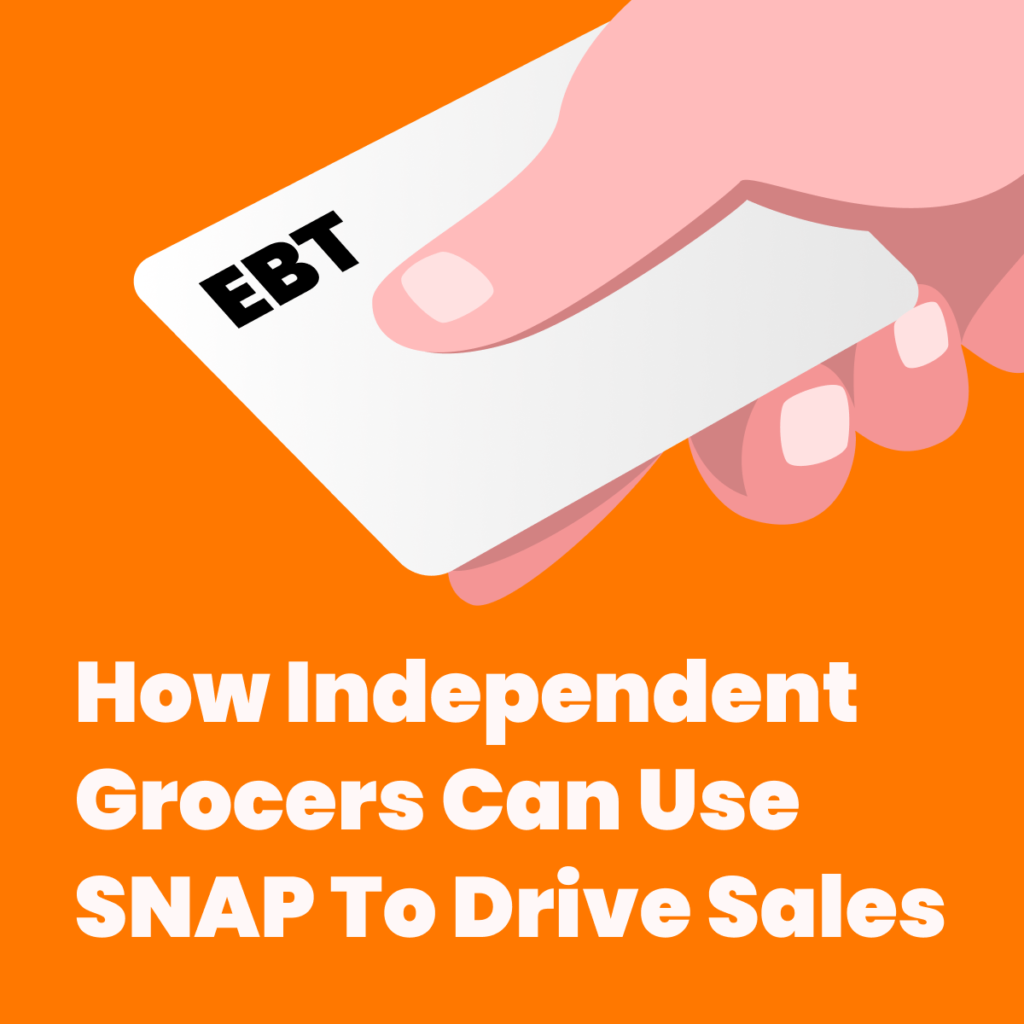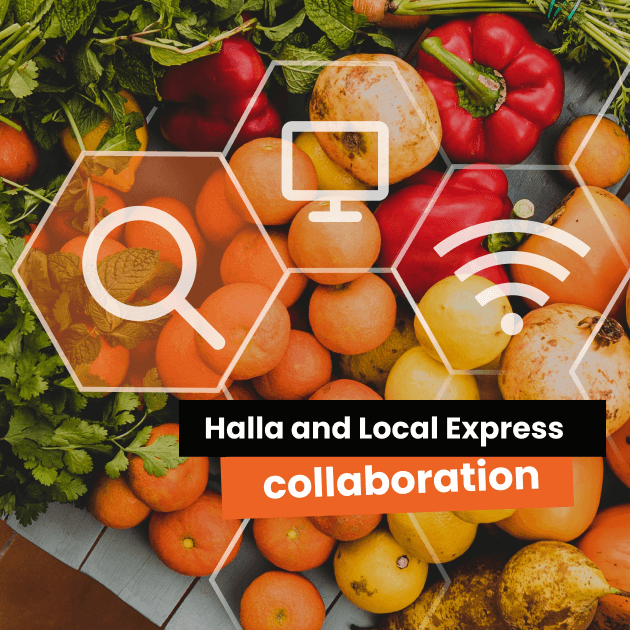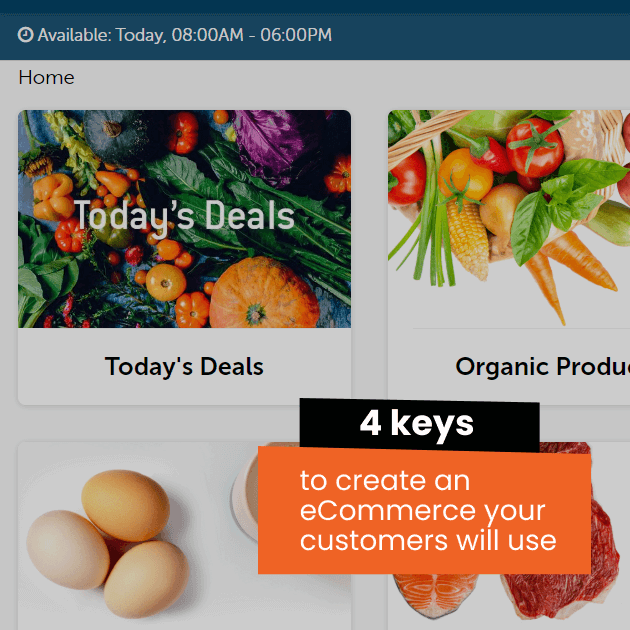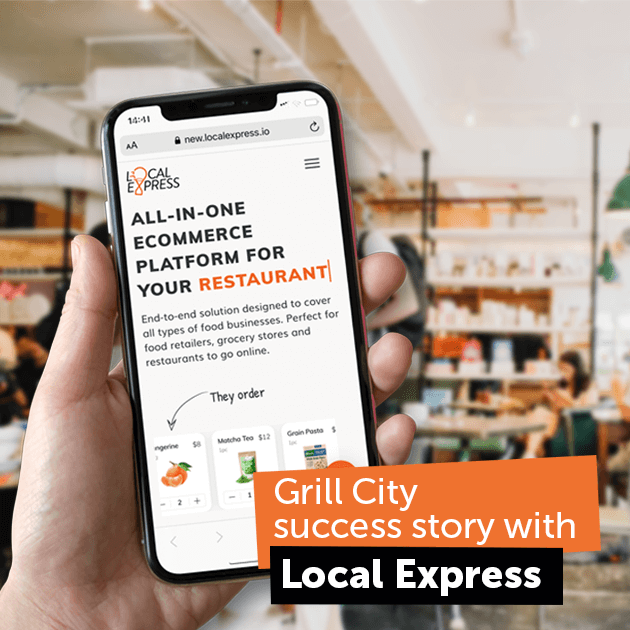Retailers need to implement new features to stand out among a number of competitors and meet the market demand.
All posts tagged: eCommerce
Why Retailers Should Sell Food Online
The online food sales model isn’t just a key change for 2020—it’s a long-term shift that will affect virtually everyone who purchases their food from a retailer.
How Restaurants Can Use Technology To Spur Growth
Bagrat Safaryan, the CEO of Local Express, an omnichannel SaaS grocery eCommerce platform shares his ideas on how restaurants can use technology to spur growth.
The Benefits Of Online Supermarket Shopping
From groceries to delis to full-service restaurants, the online food retail revolution has arrived in full force. Here are some of the ways online supermarkets can not only improve their sales but also create a better online ordering experience that spurs customer loyalty in a digital-first world.
Halla and Local Express Collaboration
Halla, a taste intelligence company that helps grocers predict customer preferences in real-time, is now partnering with Local Express to provide its independent grocers tan enhanced digital shopping experience for customers based on predictive behavior. As the pandemic has pushed more customers more quickly to e-commerce, grocers have had to adapt their services very quickly while trying to make e-commerce profitable.
Community Foods Market Introduces Online Ordering with Local Express
While some businesses went bankrupt or suffered heavily, others took advantage of the situation and turned to online ordering and delivery.
4 keys to create an eCommerce your customers will use
It’s no secret that customers these days choose to surf the net and buy all the products they need from the comfort of their homes…
How to rebuild your business in the post COVID economy
“How Business Leaders Plan To Rebuild In The Post COVID Economy”, Bagrat Safaryan shared his thoughts and experiences mainly through the example of Local Express, which he co-founded in January 2017.
Quick Serve Restaurant Chain Grill City Using Local Express eCommerce Platform
Grill City quick serve restaurant chain cooperates with Seafood City stores, which installed the Local Express e-commerce solution earlier this year.








